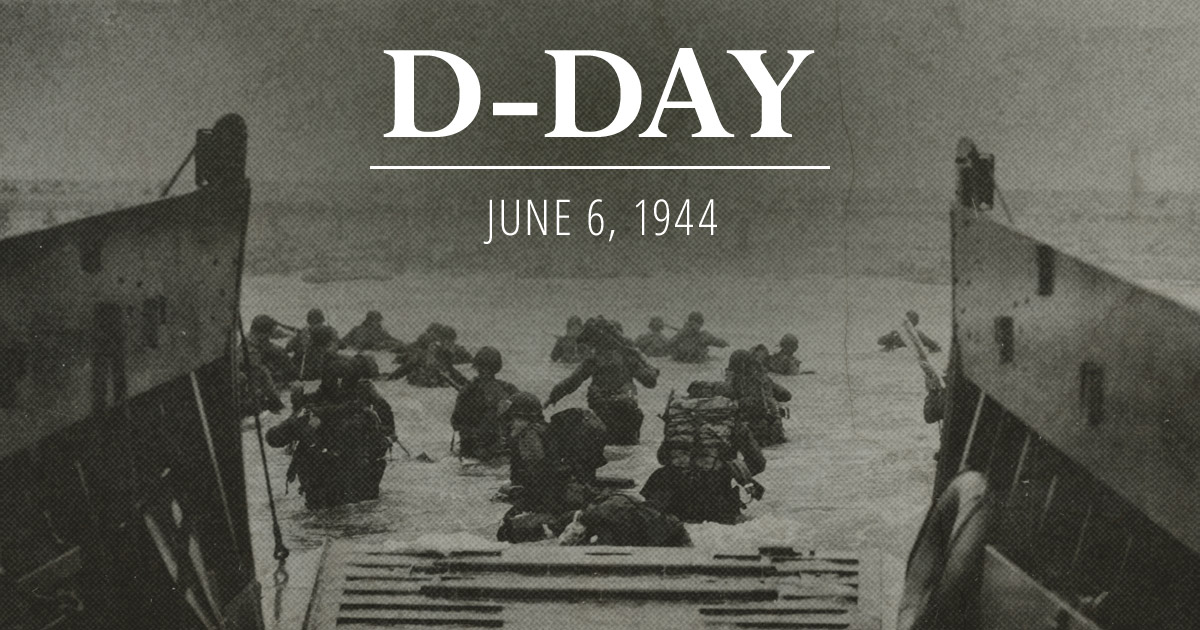
S.L.A Marshall is a very well-known military historian. For decades his perspectives of combat were seminal and uncontested. Even later while his statistical analysis has been questioned his anecdotes remain unchallenged, stirring examples of what battle is like. The Atlantic ran some words from his personal notes where he documented the initial company by company account of coming ashore on the hell storm that was Omaha beach. Just a few excerpts:
“ABLE Company riding the tide in seven Higgins boats is still five thousand yards from the beach when first taken under artillery fire. The shells fall short. At one thousand yards, Boat No. 5 is hit dead on and foundered. Six men drown before help arrives. Second Lieutenant Edward Gearing and twenty others paddle around until picked up by naval craft, thereby missing the fight at the shore line. It’s their lucky day. The other six boats ride unscathed to within one hundred yards of the shore, where a shell into Boat No. 3 kills two men. Another dozen drown, taking to the water as the boat sinks. That leaves five boats…
Within seven minutes after the ramps drop, Able Company is inert and leaderless. At Boat No. 2, Lieutenant Tidrick takes a bullet through the throat as he jumps from the ramp into the water. He staggers onto the sand and flops down ten feet from Private First Class Leo J. Nash. Nash sees the blood spurting and hears the strangled words gasped by Tidrick: “Advance with the wire cutters!” It’s futile; Nash has no cutters. To give the order, Tidrick has raised himself up on his hands and made himself a target for an instant. Nash, burrowing into the sand, sees machine gun bullets rip Tidrick from crown to pelvis. From the cliff above, the German gunners are shooting into the survivors as from a roof top…
Along the beach, only one Able Company officer still lives — Lieutenant Elijah Nance, who is hit in the heel as he quits the boat and hit in the belly by a second bullet as he makes the sand. By the end of ten minutes, every sergeant is either dead or wounded. To the eyes of such men as Private Howard I. Grosser and Private First Class Gilbert G. Murdock, this clean sweep suggests that the Germans on the high ground have spotted all leaders and concentrated fire their way. Among the men who are still moving in with the tide, rifles, packs, and helmets have already been cast away in the interests of survival…”
Steven Spielberg’s portrayal of D-Day in “Saving Private Ryan” has formed much of our current human consciousness about Omaha beach but even it is mild in comparison to many accounts. A longer portion of Marshall’s notes can be found here. It’s well worth your time to read a day after “The Longest Day” 72 years ago today.
